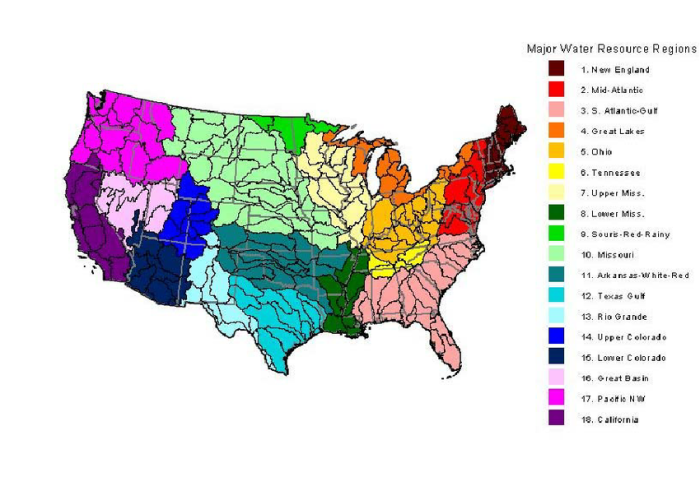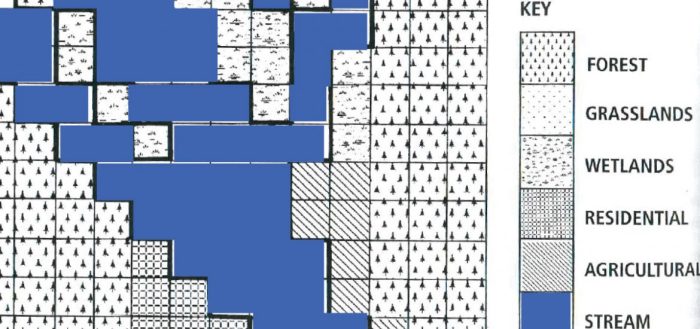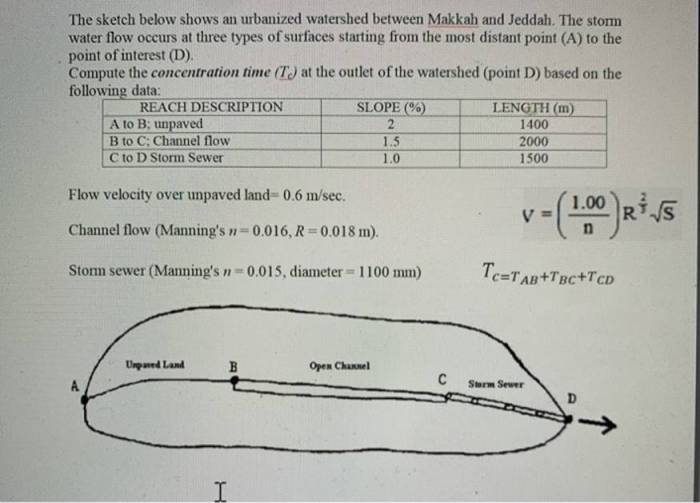Embark on an enlightening journey with Color Me a Watershed Questions Answer Key, a comprehensive guide that unlocks the complexities of watersheds. Delving into the intricate tapestry of water systems, this key provides invaluable insights, unraveling the mysteries of precipitation, runoff, and infiltration.
Through an exploration of watershed anatomy, processes, management, and education, this key empowers readers with a profound understanding of the delicate balance within these vital ecosystems. As we navigate the intricacies of watersheds, we uncover their profound impact on water quality, quantity, and the well-being of our planet.
Introduction: Color Me A Watershed Questions Answer Key

A watershed is an area of land that drains water to a common body of water, such as a river, lake, or ocean. The term “color me a watershed” refers to a simple activity that can be used to teach people about watersheds.
The activity involves coloring a map of a watershed and then answering questions about the map.
The questions and answers key for the “color me a watershed” activity can be used to help people learn about the different parts of a watershed, the processes that occur in a watershed, and the importance of watershed management.
Watershed Anatomy
Headwaters
The headwaters of a watershed are the highest point in the watershed. Water from the headwaters flows downhill to form streams and rivers.
Tributaries, Color me a watershed questions answer key
Tributaries are streams or rivers that flow into larger streams or rivers. Tributaries help to collect water from smaller areas and transport it to the larger body of water.
Mouth
The mouth of a watershed is the point where the water from the watershed flows into a larger body of water, such as a river, lake, or ocean.
Watershed Processes

Precipitation
Precipitation is the process by which water falls from the atmosphere to the earth’s surface. Precipitation can occur in the form of rain, snow, sleet, or hail.
Runoff
Runoff is the process by which water flows over the land surface and into streams and rivers. Runoff can be caused by precipitation, snowmelt, or the release of water from dams.
Infiltration
Infiltration is the process by which water soaks into the ground. Infiltration can help to reduce runoff and erosion.
Evaporation
Evaporation is the process by which water changes from a liquid to a gas. Evaporation can occur from the surface of water bodies, the land surface, and plants.
Watershed Management
Watershed management is the process of protecting and improving the water quality and quantity in a watershed. Watershed management can be done through a variety of methods, such as land use planning, stormwater management, and stream restoration.
Watershed Education

Watershed education is the process of teaching people about watersheds and the importance of watershed management. Watershed education can be done through a variety of methods, such as school programs, community workshops, and online resources.
Essential Questionnaire
What is the primary purpose of a watershed?
A watershed serves as a catchment area, collecting and channeling water from precipitation and runoff into a common outlet, such as a river or lake.
How does infiltration contribute to watershed health?
Infiltration replenishes groundwater aquifers, reducing surface runoff and erosion, and supporting diverse plant and animal life.
What are some key strategies for effective watershed management?
Effective watershed management involves implementing land use regulations, promoting sustainable agriculture practices, and restoring riparian buffers to protect water quality and ecosystem integrity.